Limestone and dolomite, natural stones formed from sedimentary rocks, have caught the attention of entrepreneurs and investors due to their diverse range of applications across multiple industries. Whether used in construction, agriculture, manufacturing, or environmental protection, the demand for these versatile minerals remains strong. In this article, we delve into the untapped potential of limestone and dolomite, highlighting their key features, applications, and their potential as a lucrative business opportunity. 1. Understanding Limestone and Dolomite: Limestone and dolomite are both calcium carbonate minerals, but dolomite has an additional magnesium carbonate component. Limestone is predominantly made up of calcite, while dolomite comprises both calcite and dolomite crystals. These minerals are found in various forms, such as sedimentary rocks, chalk, and even stalactites and stalagmites in caves. 2. Applications across Industries: a. Construction Industry: Limestone and dolomite are widely used as building materials, acting as key components in both concrete and asphalt production.
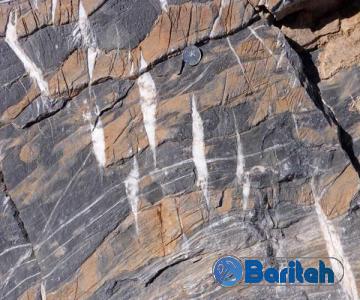
.
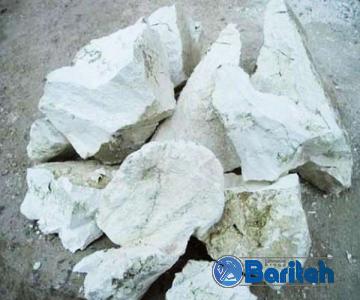 Their strong and durable properties make them ideal for construction projects such as roads, buildings, and bridges. b. Agricultural Sector: The agricultural industry benefits greatly from limestone and dolomite. These minerals are used to enhance soil fertility, regulate soil pH levels, and neutralize acidic soils, promoting healthier crop growth. Additionally, their presence in animal feeds helps maintain livestock health, promoting better bone development and enhancing digestion. c. Manufacturing Sector: Limestone and dolomite are essential components in several manufacturing processes. They play a crucial role in producing glass, ceramics, steel, lime, cement, and petrochemicals. Their chemical properties make them ideal for metallurgical processes and as catalysts in the production of chemicals and fertilizers. d. Environmental Applications: Limestone and dolomite also contribute to environmental protection.
Their strong and durable properties make them ideal for construction projects such as roads, buildings, and bridges. b. Agricultural Sector: The agricultural industry benefits greatly from limestone and dolomite. These minerals are used to enhance soil fertility, regulate soil pH levels, and neutralize acidic soils, promoting healthier crop growth. Additionally, their presence in animal feeds helps maintain livestock health, promoting better bone development and enhancing digestion. c. Manufacturing Sector: Limestone and dolomite are essential components in several manufacturing processes. They play a crucial role in producing glass, ceramics, steel, lime, cement, and petrochemicals. Their chemical properties make them ideal for metallurgical processes and as catalysts in the production of chemicals and fertilizers. d. Environmental Applications: Limestone and dolomite also contribute to environmental protection.
..
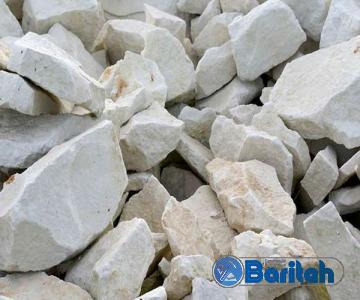 They are used in flue gas desulfurization (FGD) systems, which reduce sulfur dioxide emissions from power plants. Additionally, they act as an absorbent for reducing pollutant levels, controlling air and water pollution. 3. Expanding Market Opportunities: The market demand for limestone and dolomite is steadily growing due to increasing infrastructure development and industrialization globally. Rapid urbanization, population growth, and environmental regulations are driving the need for these minerals. As a result, the business opportunities associated with limestone and dolomite extraction, processing, and supply are expanding significantly. 4. Challenges and Considerations: Engaging in the limestone and dolomite business requires addressing certain challenges, including: a. Environmental Concerns: Mineral extraction can have environmental repercussions if not planned and executed responsibly. Businesses need to adopt eco-friendly practices, comply with regulations, and invest in sustainable mining techniques. b. Transportation and Logistics: Limestone and dolomite mining locations may not always be near major urban centers.
They are used in flue gas desulfurization (FGD) systems, which reduce sulfur dioxide emissions from power plants. Additionally, they act as an absorbent for reducing pollutant levels, controlling air and water pollution. 3. Expanding Market Opportunities: The market demand for limestone and dolomite is steadily growing due to increasing infrastructure development and industrialization globally. Rapid urbanization, population growth, and environmental regulations are driving the need for these minerals. As a result, the business opportunities associated with limestone and dolomite extraction, processing, and supply are expanding significantly. 4. Challenges and Considerations: Engaging in the limestone and dolomite business requires addressing certain challenges, including: a. Environmental Concerns: Mineral extraction can have environmental repercussions if not planned and executed responsibly. Businesses need to adopt eco-friendly practices, comply with regulations, and invest in sustainable mining techniques. b. Transportation and Logistics: Limestone and dolomite mining locations may not always be near major urban centers.
…
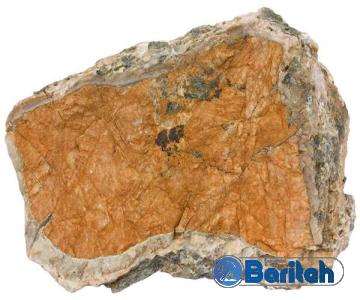 Developing efficient transportation and logistics systems is crucial to minimize costs and ensure timely delivery to customers. c. Market Competition: In this fast-growing industry, businesses face stiff competition. Maintaining quality, cost efficiency, and customer satisfaction will be imperative to succeed in this market. Conclusion: The business potential of limestone and dolomite is immense, with applications across diverse industries. As demand continues to rise, entrepreneurs and investors can capitalize on this opportunity to establish profitable businesses. However, businesses must address challenges related to environmental sustainability, transportation, and market competition. By doing so, they can unlock the untapped potential of these versatile minerals, driving economic growth and providing valuable products to support infrastructure development, agriculture, manufacturing, and environmental protection.
Developing efficient transportation and logistics systems is crucial to minimize costs and ensure timely delivery to customers. c. Market Competition: In this fast-growing industry, businesses face stiff competition. Maintaining quality, cost efficiency, and customer satisfaction will be imperative to succeed in this market. Conclusion: The business potential of limestone and dolomite is immense, with applications across diverse industries. As demand continues to rise, entrepreneurs and investors can capitalize on this opportunity to establish profitable businesses. However, businesses must address challenges related to environmental sustainability, transportation, and market competition. By doing so, they can unlock the untapped potential of these versatile minerals, driving economic growth and providing valuable products to support infrastructure development, agriculture, manufacturing, and environmental protection.
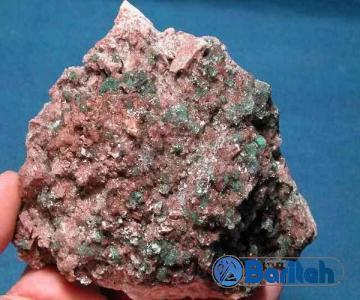
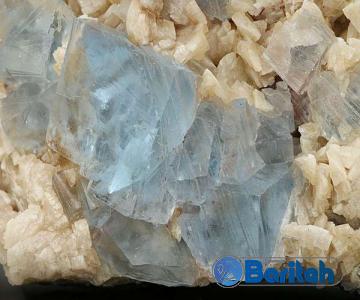
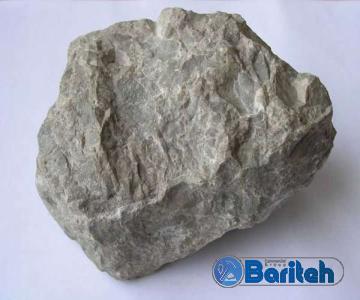

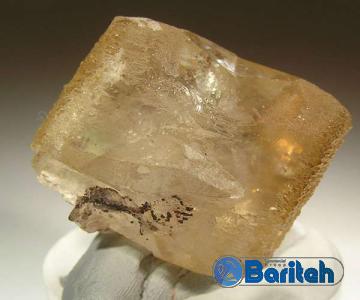
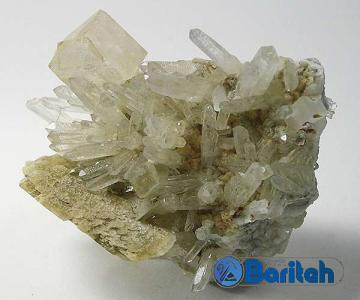
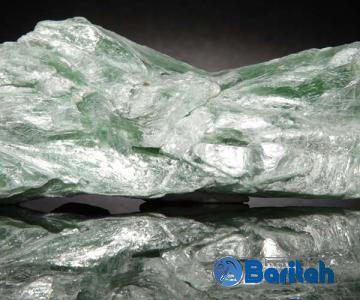
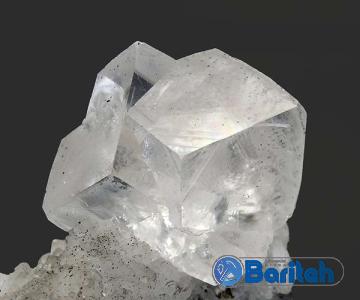

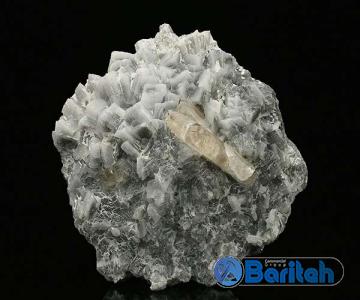
Your comment submitted.